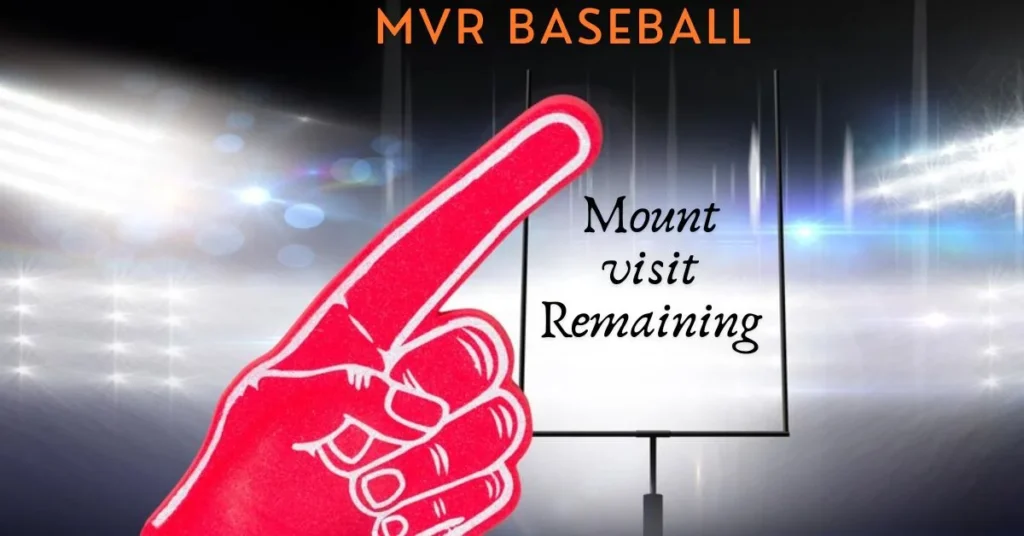MVR in Baseball Stats: The Hidden Metric You’ve Probably Ignored

Baseball is a sport steeped in tradition, but in the age of analytics, the ways in which we evaluate players and understand the game have evolved tremendously. Among the myriad of statistics that permeate the game, one has quietly emerged from the shadows: the MVR, or "Most Valuable Rating." This hidden metric promises to shift your understanding of player contribution and team performance. If you’re a die-hard baseball aficionado or a casual observer, preparing to delve into the world of MVR can be a revelation that changes the way you view the diamond.
To fully appreciate MVR, one must first relinquish preconceived notions about traditional baseball metrics. Wins, RBIs, and batting averages have long been the cornerstones of player evaluation. However, these statistics often fail to encapsulate the comprehensive impact a player has on a game. MVR fills this gap by providing a multidimensional perspective on a player’s overall contributions—offensively and defensively—through a sophisticated amalgamation of various performance indicators.
The allure of MVR lies in its complexity. It isn’t merely a numerical representation of a player’s abilities; it’s a nuanced exploration of their impact on the game’s outcome. By integrating a plethora of statistics—such as on-base percentage, slugging percentage, and defensive runs saved—MVR provides a holistic view of a player's effectiveness. This metric endeavours to answer pivotal questions: How does a player’s performance influence team dynamics? What does it mean to be a true asset, not just in terms of stats but in the very fabric of the game?
To grasp the MVR concept more effectively, one must explore its components. It synthesizes offensive contributions, which include not just hitting effectiveness but also base running and situational awareness, with defensive proficiency. Defensive performance, often overlooked in public discourse, can drastically alter an outcome. A player who can navigate the intricacies of the field, turning potential errors into outs, injects value that traditional metrics cannot encapsulate. Herein lies the brilliance of MVR: it doesn’t merely tally numbers; it weaves a narrative of how a player can alter the very course of a match.
Furthermore, MVR acts as an equalizer, allowing comparison across different player archetypes and team roles. Consider the utility infielder, who may not shine as brightly in the spotlight but holds immense value in clutch situations. MVR provides a quantifiable means to evaluate their contribution relative to, say, a star outfielder whose metrics would otherwise overshadow them. In this way, MVR shines a light on the often-unappreciated cogs within a team’s machinery, championing the idea that every player, regardless of their typical metrics, can have a profound impact on the game.
Moreover, evaluating MVR across different contexts—such as clutch situations or through varying playing conditions—can yield fascinating insights. This contextual adaptability enhances the layer of analysis and allows for more compelling storytelling. For a fan looking to deepen their understanding of the game, recognizing the various contexts in which a player's MVR changes significantly enriches the viewing experience. Suddenly, a seemingly inconsequential play becomes a pivotal point in a player’s MVR narrative.
But let’s address the elephant in the room: why has MVR been overlooked? The baseball community, while increasingly embracing analytics, remains entrenched in its reliance on legacy statistics. The transition to more advanced metrics requires an openness to change. In a sport that has resisted evolution, the introduction of MVR challenges traditionalists to reconsider the lens through which they view baseball. For many, nostalgia runs deep, but embracing innovative metrics like MVR can yield thrilling revelations that enrich the dialogue around the game.
What changes when MVR becomes a focal point of discussion? The implications are monumental. As teams begin to integrate MVR into their analyses, roster construction may evolve, favoring players who consistently demonstrate higher MVRs, regardless of traditional stats. Scouting departments might prioritize players who excel in versatile roles that enhance their MVR, crafting teams that are not only built for offensive firepower but also for strategic defensive capabilities.
As a spectator, adjusting your perspective on player value can also change how games are experienced. No longer is the spectacle solely about home runs and strikeouts; it evolves into an appreciation of the subtleties—a perfectly executed double play, a strategic base steal, or a well-timed outfield catch. The beauty of baseball lies not just in the grandiose, but in the minutiae of players' performances that MVR seeks to illuminate.
In conclusion, the introduction of MVR into the baseball statistical lexicon represents a fascinating shift in how player value is assessed. By allowing for a more holistic view and advocating for a nuanced understanding of contributions, MVR encourages both analysts and enthusiasts alike to look beyond surface-level metrics. Embracing MVR isn’t merely about learning a new statistic; it’s about reshaping how we perceive the fabric of baseball itself. As the fabric of the game evolves with metrics like MVR, fans can prepare for an enriched experience that invites curiosity and deepens appreciation for the strategic tapestry that is Major League Baseball.
Post a Comment